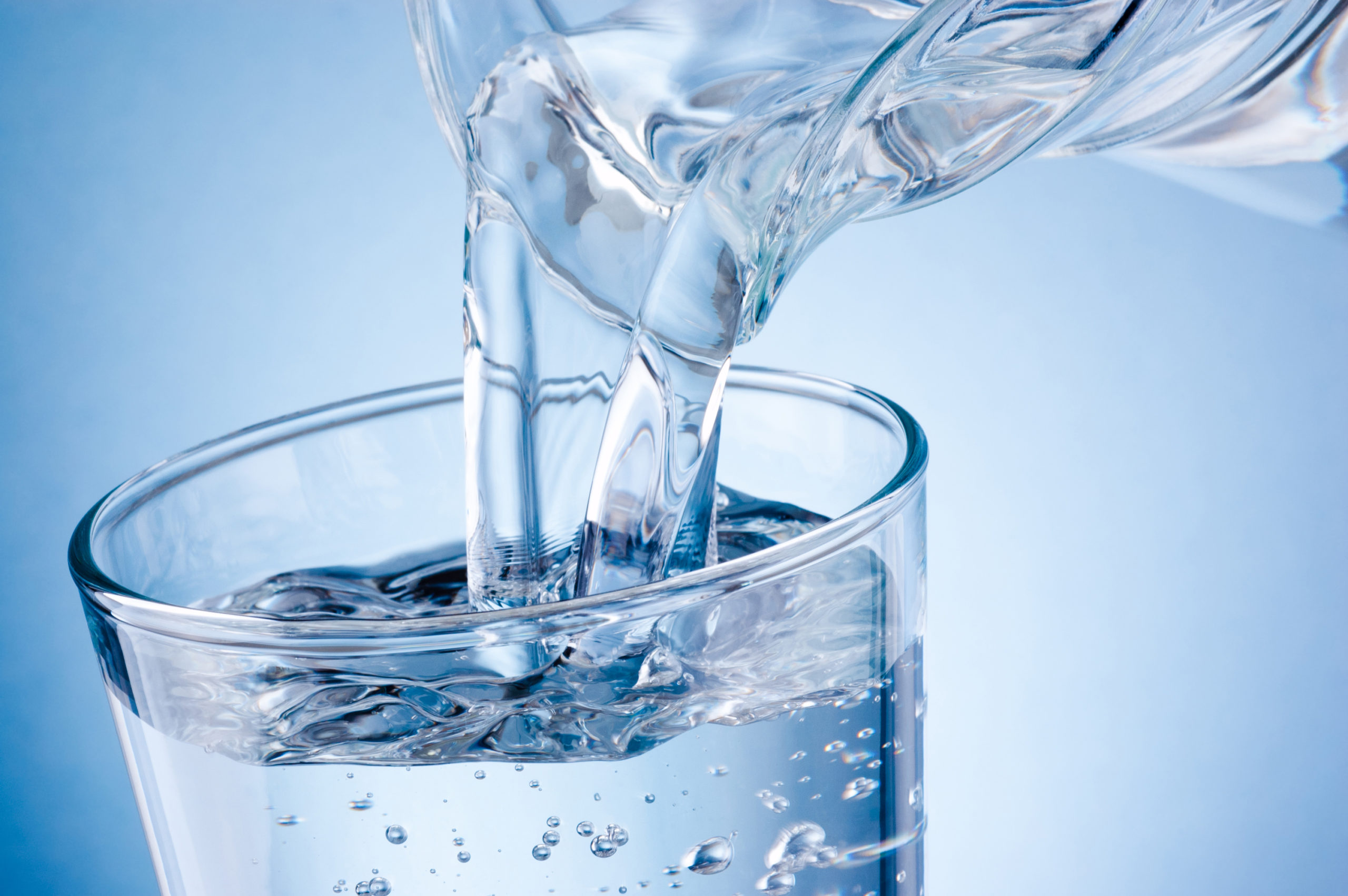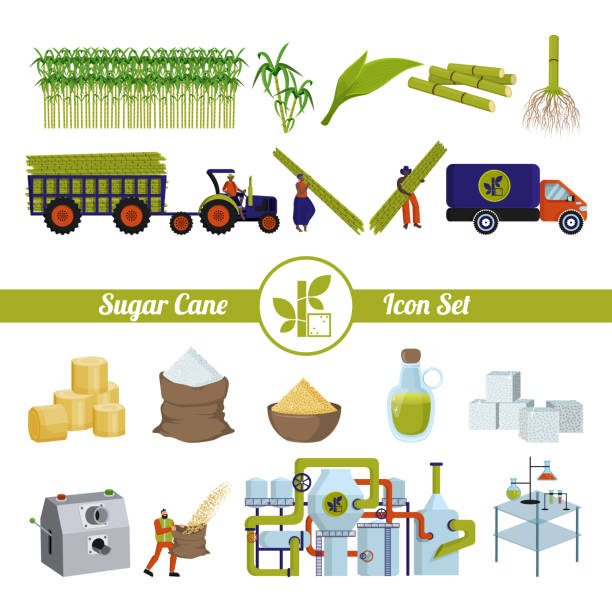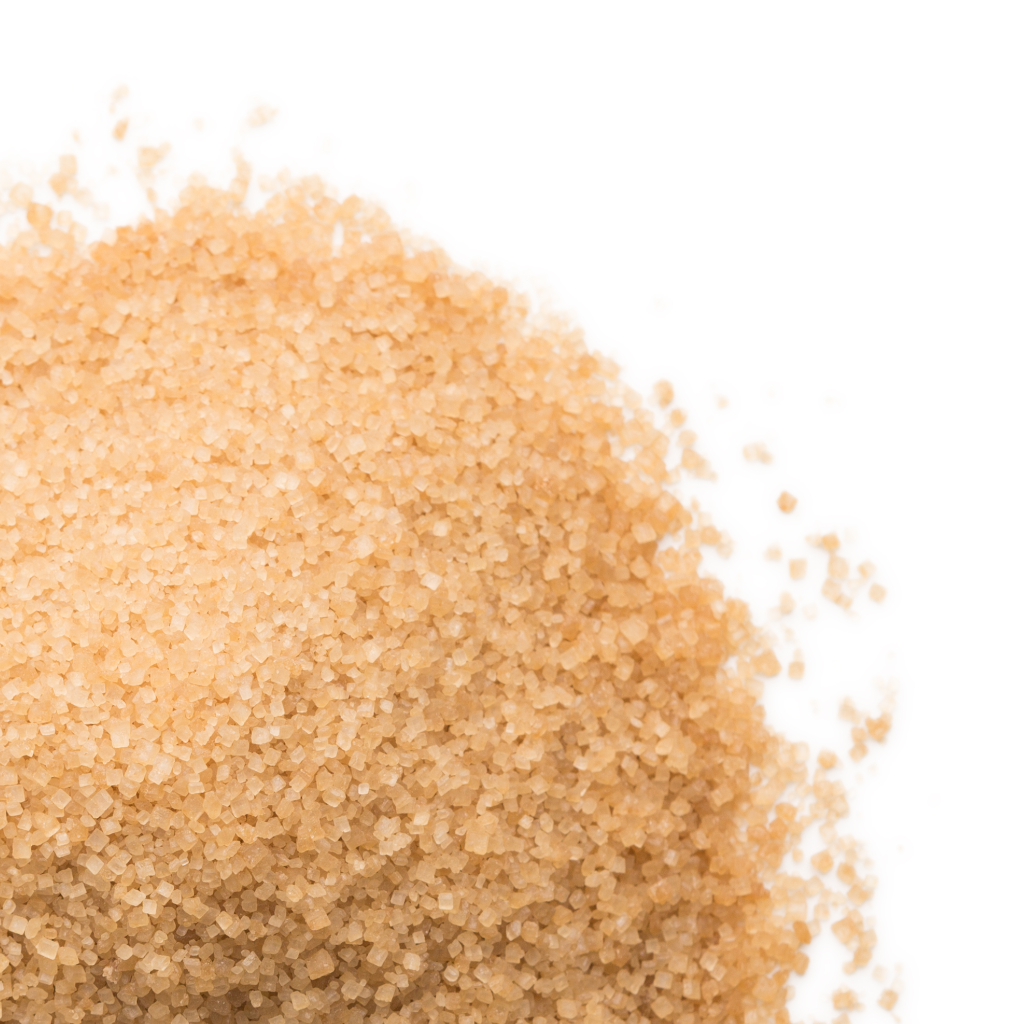How to Leverage sugar cane products in Product Development
Wiki Article
Revealing the Manufacturing Keys Behind Sugar Cane and Its Diverse Variety Of Products
The manufacturing journey of sugar cane is complex and multi-faceted. It begins in the areas, where mindful harvesting strategies set the phase for optimal sugar extraction. The procedure involves a number of stages, including juice removal and refining - sugar cane products. Nevertheless, sugar cane's potential prolongs much beyond simple sweet taste. Advancements in handling and lasting methods are reshaping its function in contemporary sectors. What lies in advance for this functional crop? The responses might stun those thinking about its futureThe Journey of Sugar Cane: From Field to Manufacturing facility

As sugar cane sways carefully in the tropical wind, it starts a transformative journey from area to factory. The vivid environment-friendly stalks, abundant in sucrose, are grown under ideal problems, profiting from ample sunlight and rainfall. Farmers very carefully check the development, ensuring the plants reach their peak maturity, which is important for making the most of sugar content.Once developed, the cane is gotten ready for harvesting, where its fibrous structure holds the guarantee of wonderful products. The journey proceeds as the stalks are moved to refining centers, where they undertake a collection of careful actions. At the manufacturing facility, the cane is washed, shredded, and pressed to draw out the juice. This juice is then cleared up and vaporized, leading the way for condensation. Each phase of this journey is important, as it inevitably identifies the top quality of the sugar and various other products acquired from this functional plant.
Gathering Strategies: The Primary Step in Production
Gathering sugar cane requires accuracy and ability, as the timing and technique directly influence the high quality of the final product. The procedure typically starts with identifying the suitable harvest time, which is important; sugar web content peaks just before the plant reaches full maturation. Farmers typically rely upon experience and farming signs to decide when to harvest.Two primary techniques dominate the harvesting landscape: manual and mechanical approaches. Hands-on harvesting, though labor-intensive, enables cautious selection of stalks and decreases damage. Workers utilize machetes to cut the cane near to the base, ensuring the stalks stay undamaged for processing.Mechanical harvesting, on the various other hand, uses specialized devices to cut and gather the cane quickly. While this method substantially boosts efficiency, it may bring about higher degrees of particles and lower sugar material. Ultimately, the chosen method affects not only the quantity however additionally the high quality of sugar cane supplied to refining facilities.The Removal Refine: Opening the Sweetness
The removal procedure is vital for changing collected sugar cane into wonderful juice. Numerous methods of juice extraction can considerably affect the quality and yield of the last item. Understanding these methods is vital for making the most of the advantages of sugar cane production.Gathering Methods Clarified
Releasing the sweetness of sugar cane begins with accurate harvesting methods that assure optimal yield and quality. The process commonly involves cutting the cane at ground level, guaranteeing marginal damages to the plant and permitting for regrowth. Farmers usually use machetes or specialized machines, depending on the scale of the procedure. Timing is vital; collecting occurs when the sugar content reaches its top, generally during completely dry periods. Furthermore, employees have to be trained to determine the most effective stalks, preventing those that are too old or infected. Efficient transport to processing centers is likewise crucial, as delays can bring about sugar destruction (sugar cane products). These precise methods eventually lay the structure for creating top quality sugar and its diverse spin-offsJuice Removal Approaches
Juice removal is a crucial step in transforming sugar cane right into its sweet essence. This process commonly involves a number of techniques, each made to efficiently extract the sugary fluid from the coarse stalks. The most common method is milling, where the sugar cane is crushed between hefty rollers to launch the juice. Another approach is diffusion, which utilizes hot water to dissolve the sugar from the cane fibers, making it a much more effective choice for massive procedures. Furthermore, some producers use screw presses, which use mechanical stress to essence juice. After extraction, the juice undergoes clarification to get rid of pollutants prior to more handling. Each technique reflects the sector's focus on maximizing yield and ensuring high-quality sugar production.Refining Sugar: Transforming Raw Cane Into Granulated Gold
The refining procedure is crucial for converting raw cane sugar into the pure, granulated item consumers acknowledge. sugar cane products. This includes a series of extraction and filtering actions to get rid of pollutants, adhered to by condensation and drying out methods that boost the sugar's quality. Recognizing these methods exposes the intricate change from cane to the golden granules that sweeten numerous foods and beveragesRemoval and Filtering Refine
An essential stage in the sugar production trip entails the removal and purification of juice from freshly gathered sugar cane. This procedure starts with squashing the cane to release its pleasant juice, usually making use of huge rollers or mills. The removed juice contains not only sugar but additionally contaminations, including fibers and mud. To ensure the juice is appropriate for further refining, it goes through a filtration procedure. This involves passing the juice through different filters and clarifiers to remove solid particles and unwanted materials. Chemicals such as lime might be added to assist in the clarification procedure. The outcome is a clear, raw cane juice that offers as the structure for creating polished sugar, ready for subsequent stages of processing.
Crystallization and Drying Out Methods
After the removal and filtering processes produce clear raw cane juice, the next action in sugar manufacturing is crystallization. This process involves steaming the juice to vaporize water, allowing sugar particles to create crystals. As the liquid thickens, it gets to supersaturation, motivating sugar to take shape. The blend is then cooled down, advertising further crystal development. When crystallization is total, the sugar crystals visit their website are divided from the remaining syrup via centrifugation.The last involves drying, where the crystals are revealed to warm air to get rid of recurring wetness. This action is vital, as it guarantees the product accomplishes the wanted granulation and rack security. The result is pure, granulated sugar, prepared for packaging and distribution.Beyond Sweetness: Diverse Products From Sugar Cane
While sugar cane is largely recognized for its sweet flavor, its convenience extends far past plain sweetness. This durable plant functions as the source for a myriad of items that deal with diverse markets. Ethanol, stemmed from sugar cane fermentation, plays a vital function in eco-friendly power, acting as a cleaner option to nonrenewable fuel sources. Additionally, molasses, a result of sugar refining, is made use of in animal feed, along with in baking and fermentation processes.Sugar cane's fibrous residue, called bagasse, is not wasted; it is changed into biodegradable product packaging products and acts as a biomass fuel source. Numerous sugars and syrups gotten from sugar cane locate applications in the food and drink market, contributing to flavor and preservation. The plant's leaves can be made use of for thatching, while its juice is consumed as a rejuvenating drink in lots of cultures. Sugar cane exemplifies farming capacity beyond its sweet credibility.Developments in Sugar Cane Handling
As improvements in technology remain to reshape numerous markets, sugar cane handling is experiencing a substantial transformation. Modern technologies, including automated harvesting and accuracy agriculture, are enhancing performance and yield. Drones and sensors check crop health, permitting farmers to maximize watering and nutrient application, ultimately boosting productivity.In handling facilities, modern machinery and equipment simplify operations. Advancements such as enzymatic processing and progressed purification techniques boost the extraction of sugar while decreasing waste. On top of that, the fostering of real-time information analytics enables makers to monitor processes carefully, ensuring high quality control and lowering downtime.Biotechnology is also playing a critical role; genetic adjustments boost sugar cane's resistance to pests and environmental stressors. These developments not only add to higher sugar yields yet likewise promote the production of diverse spin-offs from the cane, broadening its industrial applications. In general, these advancements are leading the way for a much more reliable and lasting sugar cane processing sector.The Future of Sugar Cane: Sustainability and Bioproducts
The future of sugar cane production is increasingly intertwined with sustainability and the advancement of bioproducts. As global demand for eco-friendly choices rises, the sugar cane industry is pivoting in the direction of methods that lessen environmental effect. Developments in growing techniques, such as precision farming and incorporated parasite monitoring, aim to improve yield while minimizing source consumption.Furthermore, sugar cane is being discovered as a resources for biofuels, bioplastics, and various other lasting products. These bioproducts not only supply a sustainable option to traditional fossil gas and plastics article yet likewise add to a round economic situation by making use of waste materials.Research and advancement in biotechnology are leading the method for improved sugar cane ranges that need less water and plant foods, additionally advertising sustainability. By welcoming these advancements, the sugar cane sector can protect its future while resolving critical environmental obstacles, showing its potential as a foundation of lasting advancement.
Often Asked Inquiries
What Are the Environmental Impacts of Sugar Cane Farming?
The environmental effects of sugar cane farming consist of deforestation, dirt deterioration, and water air pollution. Furthermore, the use of pesticides can hurt biodiversity, while monoculture practices reduce ecosystem strength, posing lasting sustainability challenges for agricultural practices.
Exactly How Does Sugar Cane Contrast to Various Other Sugar Nutritionally?
Sugar cane, abundant in carbohydrates, gives energy but does not have necessary nutrients compared to alternatives like honey or syrup, which use nutrients. Its high glycemic index additionally increases issues over blood glucose spikes.What Are the Health Conveniences of Consuming Sugar Cane Products?
The health and wellness advantages check here of consuming sugar cane products include enhanced food digestion, improved power levels, and potential antioxidant homes. In addition, they might support hydration and provide crucial nutrients, adding favorably to total well-being.Just How Is Sugar Cane Waste Utilized After Processing?
After handling, sugar cane waste is made use of in numerous means, including biofuel production, animal feed, and natural fertilizers. This lasting strategy decreases environmental effect while maximizing resource effectiveness within the sugar market.What Are the Historical Beginnings of Sugar Cane Farming?

Report this wiki page